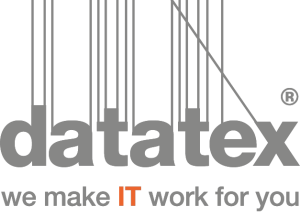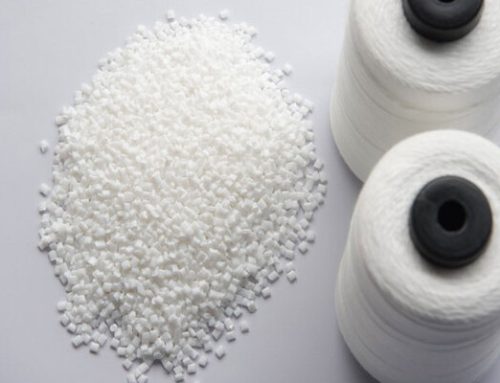It is important to understand that the textile industry is facing big challenges mostly related to the products in perpetual change and innovation and to an intense competitive pressure.
Competitive pressure is linked to a greater variety of products, shorter lead-times and higher level of service required by customers.
Rapid responsiveness is now seen as a great skill in the business, but it is important to understand that it is the result of good management processes. In this sense planning and control need to be handled drilling down, from general to detail.
In the past, maybe a system was not required because there was a standardized production to create a lot of the same item in the same way. Nowadays, we are facing a big challenge related to personalized customer experience, immediateness and high quality at low costs.
Industry 4.0’s also referred to as the fourth industrial revolution, roadmap is characterized by horizontal integration across value networks, end-to-end digital integration across the entire value chain, vertical integration and networked production systems.
Industry 4.0 will lead to virtualization and modularization of production process and supply chain, achieving flexibility and personalization of production based on Cyber-Physical Systems (CPS) and IoT together with Enterprise Resource Planning (ERP), Manufacturing Execution System (MES), Product Lifecycle Management (PLM), Supply Chain Management (SCM) and other software system.
The keywords of industry 4.0 are connectivity, intelligence and flexible automation.
• Connectivity:
Connectivity requires links between discrete network nodes. These links increase visibility and provide more real time digital data monitoring through production tracking and expedition of later orders, quality monitoring, actual costing, material tracking and KPI with corrective actions.
A vivid example of connectivity applied to the textile world is downloading a dye program to machine control system based on product data and bill of material rules from an ERP, and then receiving actual performance data back from the machine.
Rapidly expanding through the internet of things (IoT), connectivity has reached a global scale, with 8.4 billion devices connected. At present, only 15% of assets are connected in production, but that is changing rapidly. The technology industry is working on more than 700 IoT platforms for industrial use, and major technology companies are investing heavily in hyper scalable IoT platforms.
• Intelligence:
Artificial intelligence, advances in computing power and the availability of big data are allowing machine learning algorithms to excel. In fact, speech and image recognition have already reached the accuracy of the human brain. The full potential of artificial intelligence in production is however, yet to be realized.
Only a small fraction of data is currently used for decision-making. For example, on an oil rig, the research found that while 100% of data was captured, only 0.5% was used to make decisions.
We have changed our assumption that computers do not think but AI is based on rules that are founded on changing reality and past data. These rules are created automatically on available data and from there the AI system decides on corrective measures based on actual performance in real time.
• Flexible automation:
Automation means being able to take corrective actions while production is still on. By incorporating response mechanisms for batch processes, it can be possible to save the batch, or for continuous process, to increase first quality production.
Automation technology can currently automate 60% of all manufacturing tasks in almost every step of a manufacturing process. From sewing, loading and doffing, final product packing, fabric inspection, shade corrections, machine controls, color matching connecting ERP to digital printer, collect actual speed, efficiency and ink consumption.
The AI opportunities in digital printing, for example, can be realized in costing, planning and production. In costing and planning a new pattern the ERP systems can connect to CAD systems and look for data of similar products and run lengths.
The system could calculate the ink cost and other costs, including waste, based on the existing data and provide a total cost without having to run trials. The same information can be used for material planning.
However, the current level of penetration of industrial robots is still comparatively low, even in leading adopters such as South Korea, where only 530 robots per 10,000 production workers are deployed.
Why should manufactures evolve to Industry 4.0? Digital performance management accelerates existing lean management processes. Overall Equipment Effectiveness (OEE) can increase from 20% to 50% in just three months by improving engagement of frontline operators and management around data. This also creates big data for future decision making.
New predictive maintenance algorithms provide an increase in machine availability and this also leads to a reduction in energy costs and maintenance costs of 10% to 15%.
Other opportunities for integrating big data algorithms exist in quality corrective actions determination, credit control, forecasting and order priority in scheduling and planning.
Big Data is the leading actor of this revolution, integrating data from process control systems with other data, such as cost data, can go a long way towards helping companies optimize production, energy and throughput checking through a digital quality management, thanks to its sensors that collect data for AI decisions regarding prediction of corrective actions.



